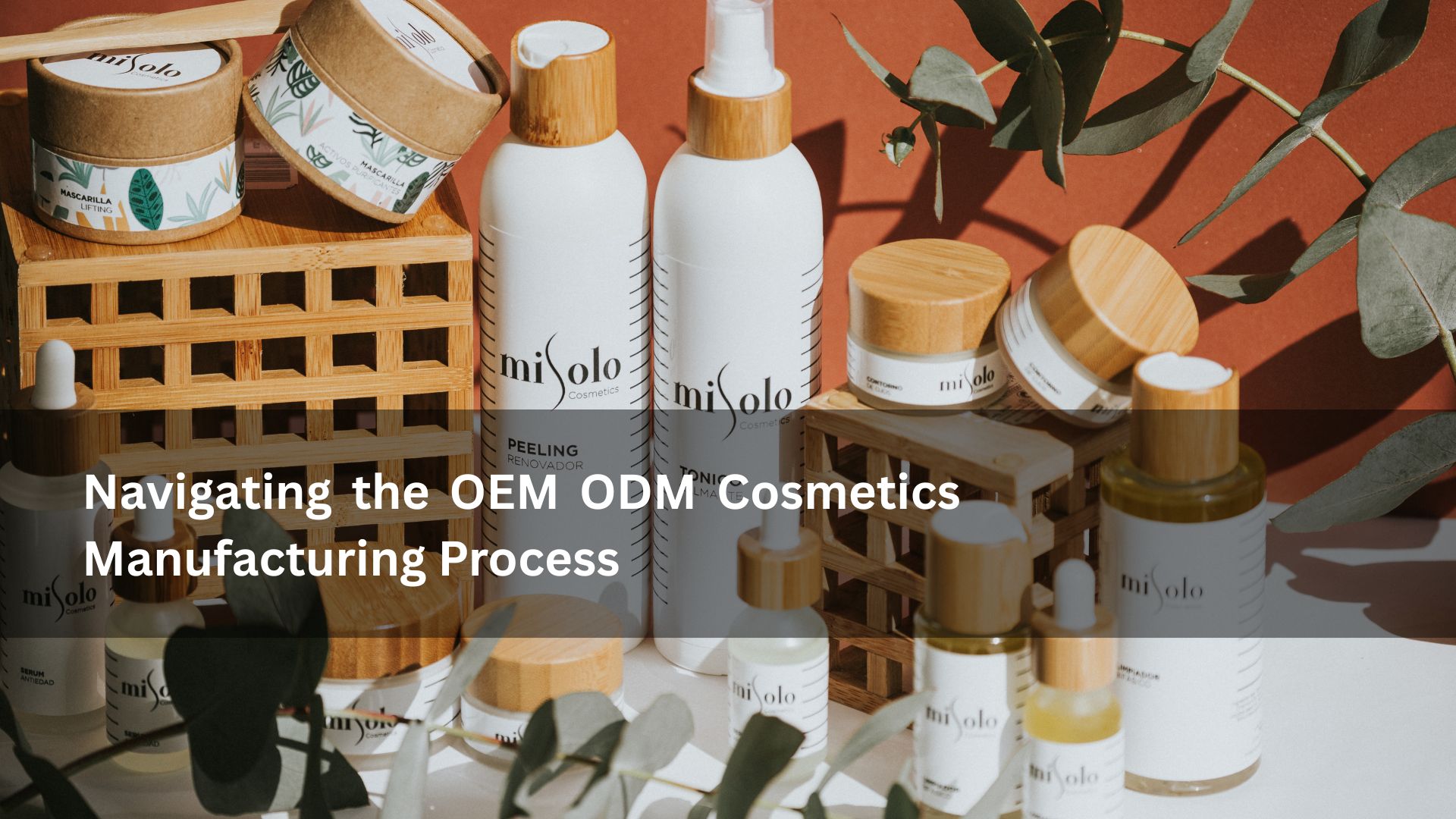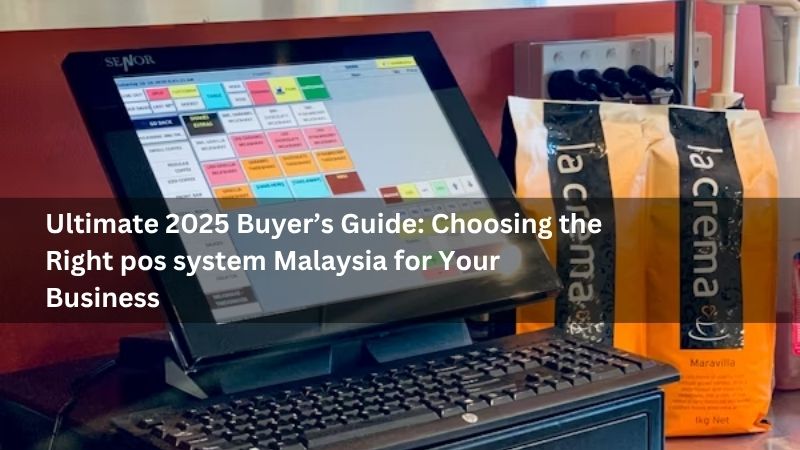In today’s highly competitive beauty industry, launching a cosmetic brand can be a complex journey. For new and emerging brands, navigating the manufacturing process is often a major hurdle. Fortunately, OEM ODM cosmetics manufacturing provides an accessible, efficient way to bring innovative beauty products to market without the extensive costs and expertise traditionally required.
This article will guide you through every stage of the OEM ODM cosmetics manufacturing process, helping you understand the benefits, challenges, and best practices to successfully develop your beauty products and grow your brand.
Understanding the Basics of OEM ODM Cosmetics Manufacturing
Before diving into the manufacturing process, it’s crucial to grasp what OEM ODM cosmetics manufacturing really means.
OEM (Original Equipment Manufacturer) involves brands creating custom formulations and product specifications, which the manufacturer produces at scale.
ODM (Original Design Manufacturer) involves brands selecting from pre-existing products and designs offered by the manufacturer, then branding them under their own label.
Both models simplify the production process but differ significantly in customization, cost, and development time.
Navigating the OEM ODM cosmetics manufacturing process starts with choosing the right model aligned with your business goals, budget, and timeline.
Key Stages in the OEM ODM Cosmetics Manufacturing Process
The manufacturing journey in OEM ODM cosmetics typically involves several key stages:
Concept Development – Defining product ideas, target consumers, and unique selling points.
Formulation and Design – Creating or selecting product formulas and packaging.
Prototyping and Sampling – Testing initial product samples and making refinements.
Compliance and Testing – Ensuring products meet safety, regulatory, and quality standards.
Production and Packaging – Mass manufacturing and packaging preparation.
Logistics and Delivery – Shipping products to warehouses or direct to market.
Understanding these stages equips brands to better collaborate with manufacturers and avoid common pitfalls in the OEM ODM cosmetics process.
Choosing the Right OEM ODM Cosmetics Manufacturer
Selecting a manufacturing partner is one of the most important decisions when navigating OEM ODM cosmetics production.
Look for manufacturers that:
Have certifications like GMP, ISO, and cruelty-free approvals.
Specialize in your product category, such as skincare, makeup, or haircare.
Provide transparency about minimum order quantities (MOQs), pricing, and timelines.
Offer robust quality assurance and regulatory compliance support.
Have a proven track record of working with startups and established brands.
Choosing the right OEM ODM cosmetics manufacturer ensures smooth production, high-quality products, and timely delivery.
The Role of Customization in the OEM ODM Cosmetics Manufacturing Process
Customization is a key factor that distinguishes OEM from ODM manufacturing in the OEM ODM cosmetics space.
In OEM, brands have full control over ingredients, textures, fragrances, packaging, and design.
In ODM, customization is often limited to branding elements like packaging graphics and scent variations.
Navigating the OEM ODM cosmetics manufacturing process requires brands to clearly understand their customization needs and communicate them effectively with manufacturers to avoid misunderstandings and delays.
Regulatory Compliance in the OEM ODM Cosmetics Manufacturing Process
Regulatory compliance is a critical step in the OEM ODM cosmetics manufacturing process. Cosmetics products are subject to strict regulations globally to ensure consumer safety.
Manufacturers typically help brands comply with:
FDA regulations in the U.S.
EU Cosmetics Regulation (EC) No 1223/2009.
Health Canada’s Cosmetic Regulations.
Other local regulatory requirements in Asia, Australia, and beyond.
Navigating these regulatory frameworks successfully requires collaboration between the brand and manufacturer to ensure product safety, accurate labeling, and documentation such as Material Safety Data Sheets (MSDS) and Certificates of Analysis (COA).
Quality Control in the OEM ODM Cosmetics Manufacturing Process
Quality control is essential to maintain product consistency, safety, and brand reputation in OEM ODM cosmetics.
This involves:
Raw material inspection.
In-process production checks.
Final product testing for stability, microbial contamination, and performance.
Packaging inspection for durability and accuracy.
Effective quality control during the OEM ODM cosmetics manufacturing process helps prevent recalls, customer complaints, and regulatory penalties.
Managing Costs and Budgets in OEM ODM Cosmetics Manufacturing
Budget management is crucial when navigating the OEM ODM cosmetics manufacturing process, especially for startups and emerging brands.
Costs to consider include:
Formulation development (higher for OEM).
Packaging design and materials.
Production minimum order quantities.
Testing and certification fees.
Shipping and logistics.
Working closely with your OEM ODM cosmetics manufacturer to understand pricing structures and negotiating terms can help optimize costs while ensuring product quality.
Packaging and Branding in the OEM ODM Cosmetics Manufacturing Process
Packaging is the first physical touchpoint with your customers, making it a vital part of the OEM ODM cosmetics manufacturing process.
Whether you choose OEM or ODM, effective packaging design should:
Reflect your brand identity and values.
Protect the product during shipping and storage.
Comply with regulatory labeling requirements.
Use sustainable and innovative materials if possible.
Collaborate with your manufacturer’s design team or external experts to create packaging that stands out on shelves and online marketplaces.
Timelines and Production Scheduling in OEM ODM Cosmetics Manufacturing
Understanding production timelines is vital to navigate the OEM ODM cosmetics manufacturing process efficiently.
Factors influencing timelines include:
Complexity of product formulation (longer for OEM).
Packaging design and customization.
Quality testing and compliance checks.
Manufacturer’s production capacity.
Order quantity and shipping methods.
Proper scheduling and clear communication with your OEM ODM cosmetics partner can help avoid delays and align production with your marketing and sales strategies.
Post-Production Support and Scaling with OEM ODM Cosmetics
The manufacturing process doesn’t end when products leave the factory. Navigating OEM ODM cosmetics also includes planning for post-production support and scaling.
Good manufacturers provide:
Ongoing quality assurance and batch consistency.
Assistance with product improvements or reformulations.
Scalability to handle growing order volumes.
Flexibility for seasonal or limited-edition products.
Building a strong partnership with your OEM ODM cosmetics manufacturer is key to long-term brand success and agility in a fast-changing beauty market.
Conclusion
Navigating the OEM ODM cosmetics manufacturing process can seem daunting, but understanding each step from concept to delivery empowers beauty brands to launch successfully and grow sustainably. Choosing the right model and manufacturing partner, prioritizing customization and compliance, managing costs, and planning for scalability are the pillars of a successful OEM ODM cosmetics journey.
Whether you’re a startup entering the beauty industry or an established brand expanding your portfolio, leveraging the benefits of OEM ODM cosmetics manufacturing can help you deliver high-quality, innovative products that resonate with consumers and stand out in a competitive marketplace.










